Persian Violet (Exacum affine) appears to be the answer. The light purple flower is about 1.5 cm in diameter.
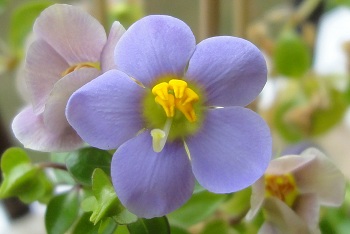
The parent plant was obtained from a nursery in March 2011. Persian Violet is native to the Island of Socotra, a Yemen archipelago in the Indian Ocean. It is a rather common horticulture plant.
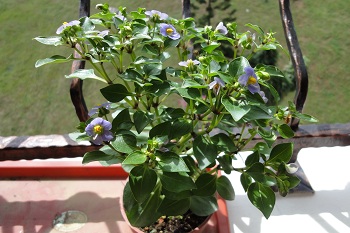
It adapted very well at its new home. By May 2011, it has almost tripled its size with plenty of purple flowers.
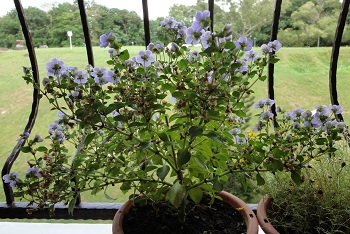
When in full bloom, the whole plant looks spectacular with the small violet flowers.
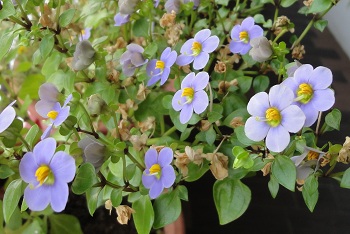
When the plant started to age, I thought that it would follow the course of most of the exotic plants that I brought back --- become history after the last leaf turns brown. In July 2011, I noticed the first seedling growing in the pot next to the mother plant. It even had a tiny flower bud.
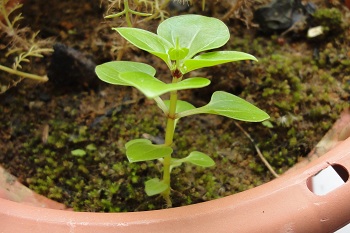
Two months later, the young plant has at least 8 flowers on it. This probably means that the second generation is adapting well to the condition. My balcony has half a day of sunlight in the morning and the soil in the pot is usually moist most of the time.
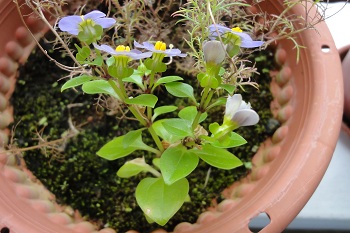
At the same time, I started to discover more seedlings in a nearby pot, at least more than 10 of them. The seeds must be really small as I had never seen them on the parent plant.
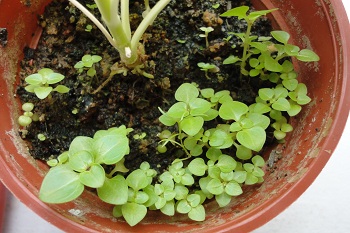
Although it is reported to be a biennial, it only lasted about 6 months. Either the condition at the balcony is too harsh or the soil texture did not suit its taste .In the last few months, I have been spreading the seedlings around. This picture, taken today, is from one of the healthy seedlings.
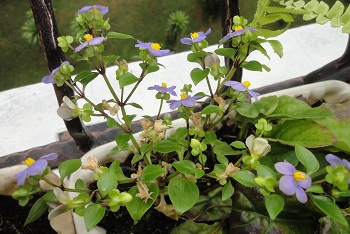
Interestingly, there is not a single seedling under the parent plant. The seedlings are only found on the pots next to the parent plant.
Let's see how far the next generations can last. [Update: The last plant was seen in March 2013. It soon succumbed to the attack of the mealy bugs. This ended my journey with this plant.]
No comments:
Post a Comment